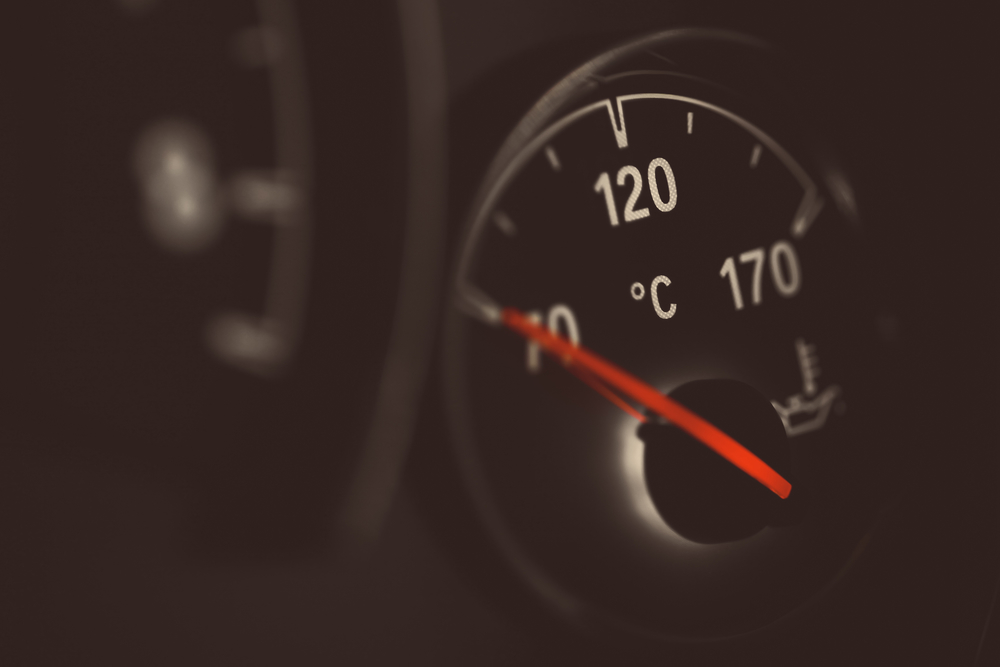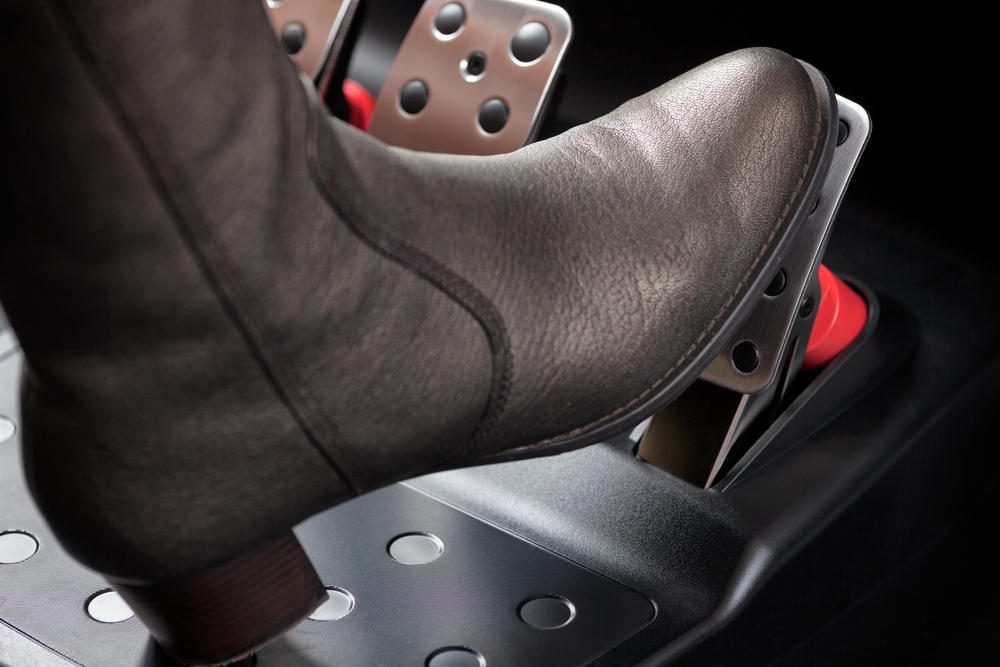Mentiras que te enseñaron mientras aprendías a conducir
Nos gusta cubrir muchos temas recientes. Ingeniería automotriz y desarrollos tecnológicos Aquí en Argot Así que cuando decimos que la tecnología avanza rápido, es prácticamente la mayor subestimación que podríamos hacer, especialmente en el mundo del automóvil. A menos que recién hayas obtenido tu licencia, lo más probable es que haya cambiado mucho, de manera casi permanente, desde que conseguiste tu primer automóvil. Aprendí a conducirPara bien o para mal, todo el conocimiento sobre coches y conducción que le han transmitido sus mayores, etc., puede estar más desactualizado de lo que le han hecho creer. Esto no quiere decir que todo lo que aprendió en la asignatura de educación vial esté mal, pero hemos reunido algunos mitos y errores en los que ya no vale la pena creer.
“Mantén siempre tus manos en 10 y 2”

No se trata simplemente de una opinión candente que inventamos para provocar asombro o iniciar una controversia en línea, ese consejo de que se supone que debes mantener las manos y el 10 y dos en el volante se remonta a la época en que a) Los airbags no venían de serie y b) no existía la dirección asistida. Así que, en realidad, ese consejo solo te aplica si estás en un auto de los años 50 con un volante más grande que tus neumáticos o el volante de un transatlántico. Colocar las manos en el volante de un auto moderno te pone en riesgo de sufrir una lesión conocida como desgarro de la piel (cuando la piel se desgarra) causada por el airbag. Lo creas o no, colocar las manos en posición nueve y tres es en realidad mucho más seguro; una pequeña diferencia es muy importante.
“Pulsa los frenos”

Érase una vez que no existía tal cosa como frenos antibloqueo. Y, aunque los haya, siguen causando mucha confusión entre los conductores. Así que, dejemos las cosas claras: cuando necesites frenar de la forma más rápida y segura posible, especialmente en caso de nieve, hielo o aquaplaning, NO FRENES. ¿Esa sensación extraña que tienes cuando frenas muy fuerte y sientes que el pedal vibra contra tu pie? Eso es el sistema de frenos antibloqueo que bombea los frenos AUTOMÁTICAMENTE *PARA* ti y de una manera que es más rápida y mucho más eficiente de lo que cualquier conductor humano podría. Bombear los frenos de un coche con un sistema de frenos antibloqueo en realidad evita que el sistema se active, lo que te pone en mayor peligro.
“Espera un rato hasta que el motor se caliente”

El motor de su vehículo normalmente se pondrá wbrazo suficiente para conducir en unos 30 segundos (básicamente, en el momento en que el ralentí baja a la normalidad). Por supuesto, no debe arrancar de inmediato, ya que los fluidos de su automóvil pueden estar demasiado fríos para circular por el vehículo. Considere este consejo como una forma de controlar la colusión, ya que se sabe que los vehículos emiten menos gases de efecto invernadero cuando tanto el motor como los componentes del escape están calientes.
“Presione el acelerador mientras arranca el automóvil”

Los coches ya no tienen carburadores. Este era un componente vinculado al acelerador que ayudaba a controlar la cantidad de aire y combustible que entraba en el motor. En la época en que esto era lo habitual, si tenías problemas para arrancar el coche, pisabas el acelerador para que entrara un poco más de combustible en la cámara de combustión y la bujía hacía su trabajo y encendía la mezcla, lo que hacía que el motor arrancara. Esto ya no es así en los vehículos. Los interruptores de encendido están diseñados para iniciar una secuencia completa de eventos, desde inyectar la cantidad correcta de combustible hasta hacer girar el motor de arranque durante el tiempo adecuado y añadir la cantidad correcta de chispa.
“Cambie en línea recta para seleccionar las marchas”

La mayoría de los vehículos tienen un PRNDL uniforme: el formato Estacionamiento/Reversa/Neutro/Conducir/Bajo transmisión automáticaLos selectores de marchas de la marca. Sin embargo, en la actualidad, los fabricantes de automóviles se están alejando lenta pero seguramente del PRNDL porque en una transmisión se controla mediante computadoras.
“La tracción en las cuatro ruedas es la mejor opción para frenar sobre nieve y hielo”

No siempre es cierto que los vehículos con tracción en las cuatro ruedas se detengan más rápido que sus contrapartes con tracción delantera o trasera sobre nieve o hielo. Si bien existe una ventaja en lo que respecta a la aceleración, no tiene nada que ver con la pérdida inherente de fricción. Los neumáticos de invierno siguen siendo una necesidad
“Puedes conducir más rápido si tuneas tu coche”

Nos encanta Rápido y Furioso películas, pero la verdad es que gastar dinero en tu coche sólo puede hacerlo más potente o más capaz de manejarse mejor si sabes exactamente lo que estás haciendo y tienes un vocabulario de ingeniería automotriz bastante amplio.
Frene al cruzar vías de tren y badenes

Si vas demasiado rápido sobre una vía de tren o un resalto, estropearás el equilibrio de tu coche y podrías estrellarte contra la carretera. Peor aún, dañarás el chasis y la suspensión. Disminuir la velocidad de antemano es una buena idea, pero si lo haces DURANTE el resalto, empeorarás las cosas. Frena primero cuando te acerques a Y, luego, suelta el pedal antes de cruzar. Tu viaje será suave y más fácil de controlar.
Si bien estas “mentiras” pueden haber sido solo una colección de pequeñas mentiras e información de seguridad obsoleta que se ha transmitido de generación en generación, no se puede negar que pueden ser algo útiles. Si bien no se deben seguir al pie de la letra como las normas de tránsito federales y estatales, podría ser prudente tomar la mayoría de estos consejos como advertencias cautelosas en lugar de reglas de tránsito. Independientemente de dónde aprendiste a conducir, quién te enseñó o qué aprendiste exactamente, asegúrate de ser seguro y considerar a los demás en la carretera por encima de todo. ¡Feliz conducción, todos!













Alex ha trabajado en la industria de servicios automotrices durante más de 20 años. Luego de graduarse de una de las mejores escuelas técnicas del país, se desempeñó como técnico logrando la certificación de Maestro Técnico. También tiene experiencia como asesor de servicios y gerente de servicios. Leer más sobre alex